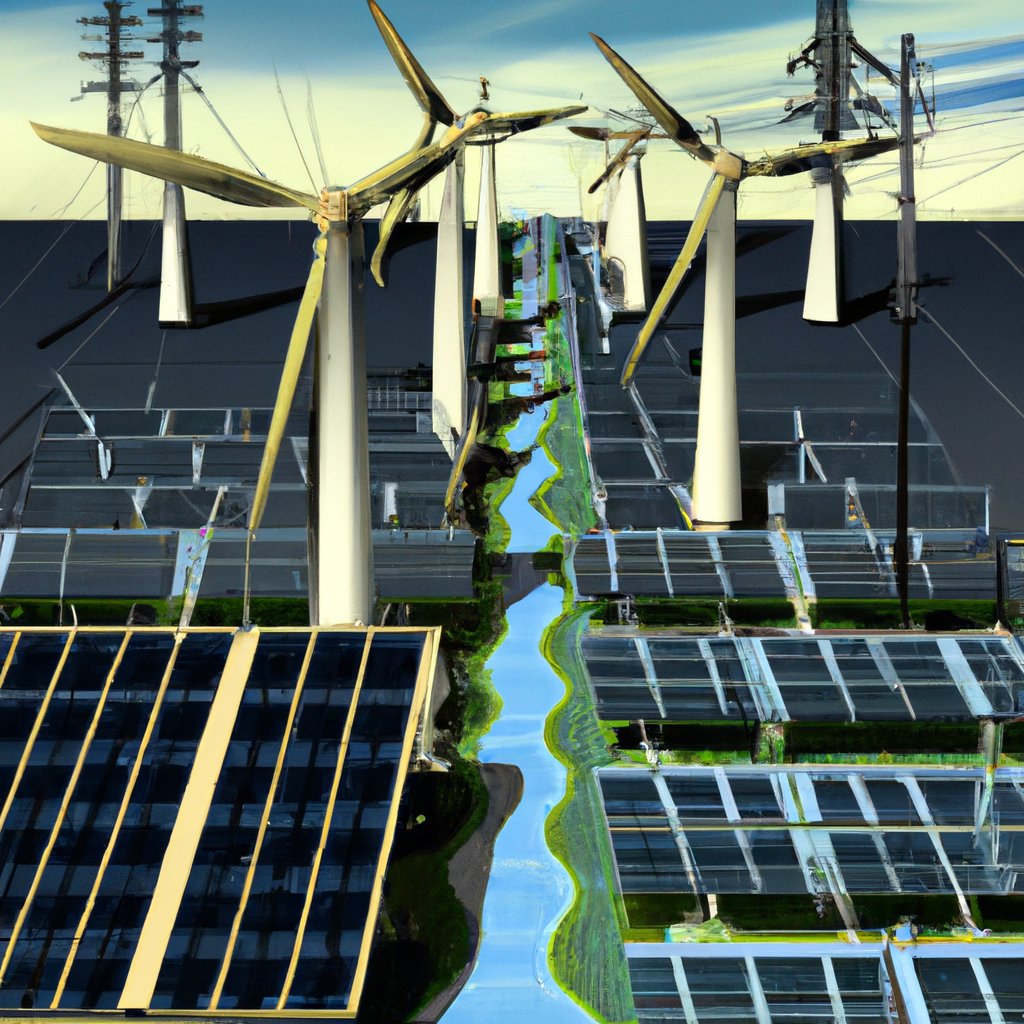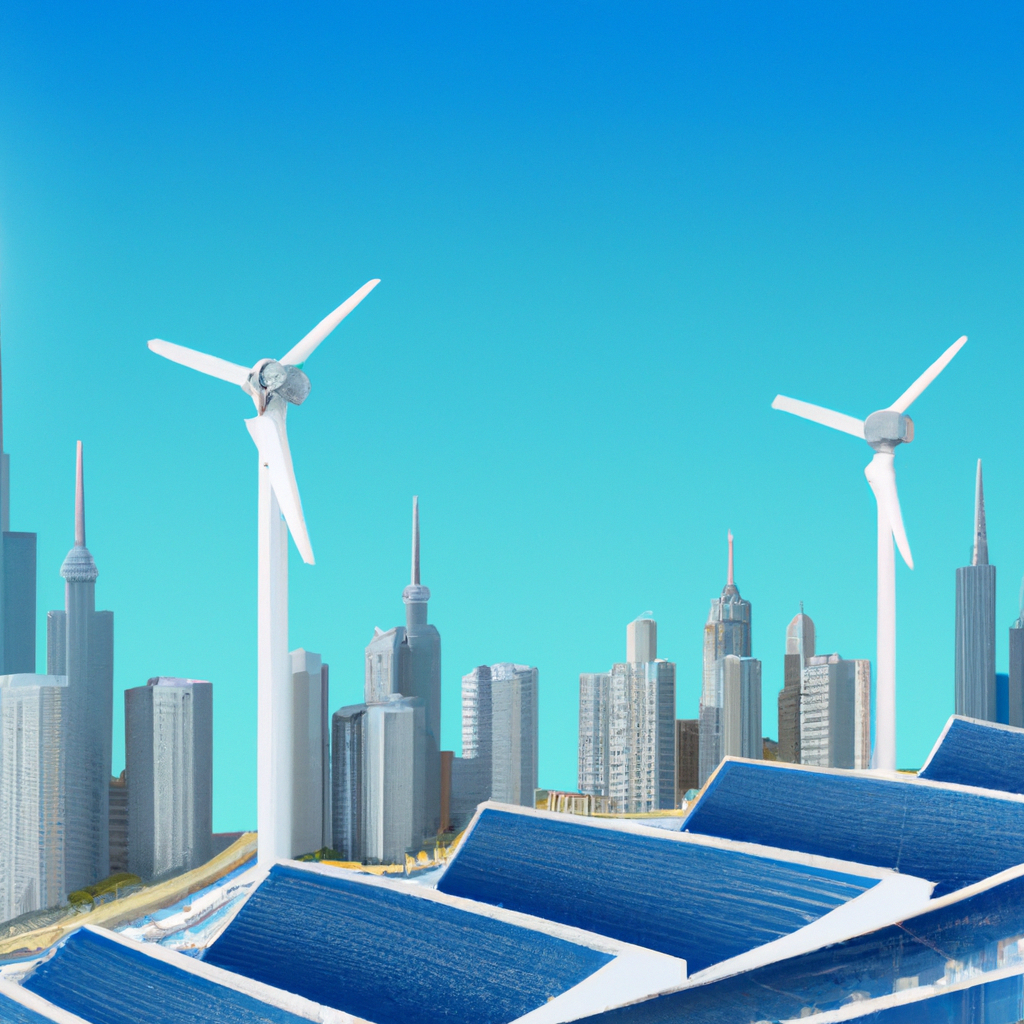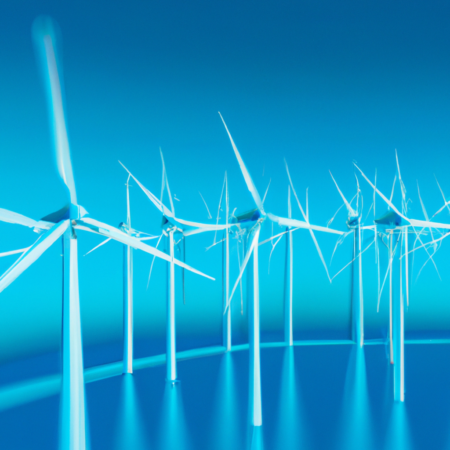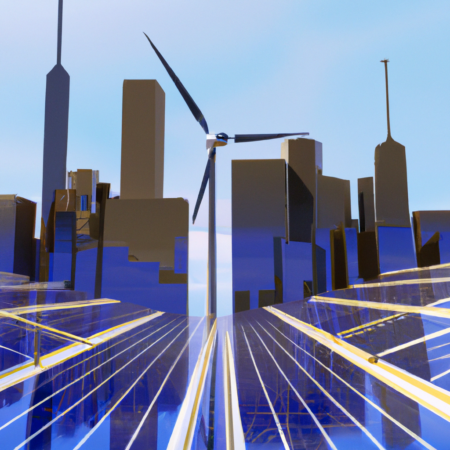Harnessing the Future: The 2025 Leap in Renewable Energy Technologies
As we move deeper into the second quarter of 2025, the landscape of renewable energy has seen unprecedented growth and innovation. This expansion is not just a testament to technological advancements but also to a global commitment towards a sustainable future. In this detailed exploration, we delve into the significant strides made in solar, wind, and bioenergy technologies over the past year and their implications for both the environment and the global economy.
Revolutionizing Solar Power
The efficiency of photovoltaic cells has dramatically improved, thanks to nano-enhancements and new material composites, pushing the boundaries of solar energy production. These advancements have made solar energy more accessible and affordable, leading to a surge in adoption rates worldwide.
Wind Energy: Bigger and Better
Wind turbines are now taller, with longer blades and enhanced materials that capture wind energy more effectively. The introduction of offshore floating turbines has opened new horizons for wind energy, exploiting wind resources in deep waters that were previously unreachable.
Bioenergy: Sustainable Fuel Solutions
Bioenergy technology has made significant leaps, with the development of third-generation biofuels that are not only more efficient but also environmentally friendly. These fuels are derived from algae and other non-food resources, reducing competition for food resources and minimizing environmental impact.
Economic Impact and Future Prospects
The economic implications of these technologies are profound. They have created numerous jobs, reduced energy costs, and promoted energy independence. Looking forward, the focus is on integrating these technologies with smart grids and AI to optimize energy use and further reduce carbon footprints.
As we look towards the future, the continued innovation in renewable energy not only promises a greener planet but also a more resilient and economically diverse global marketplace.






